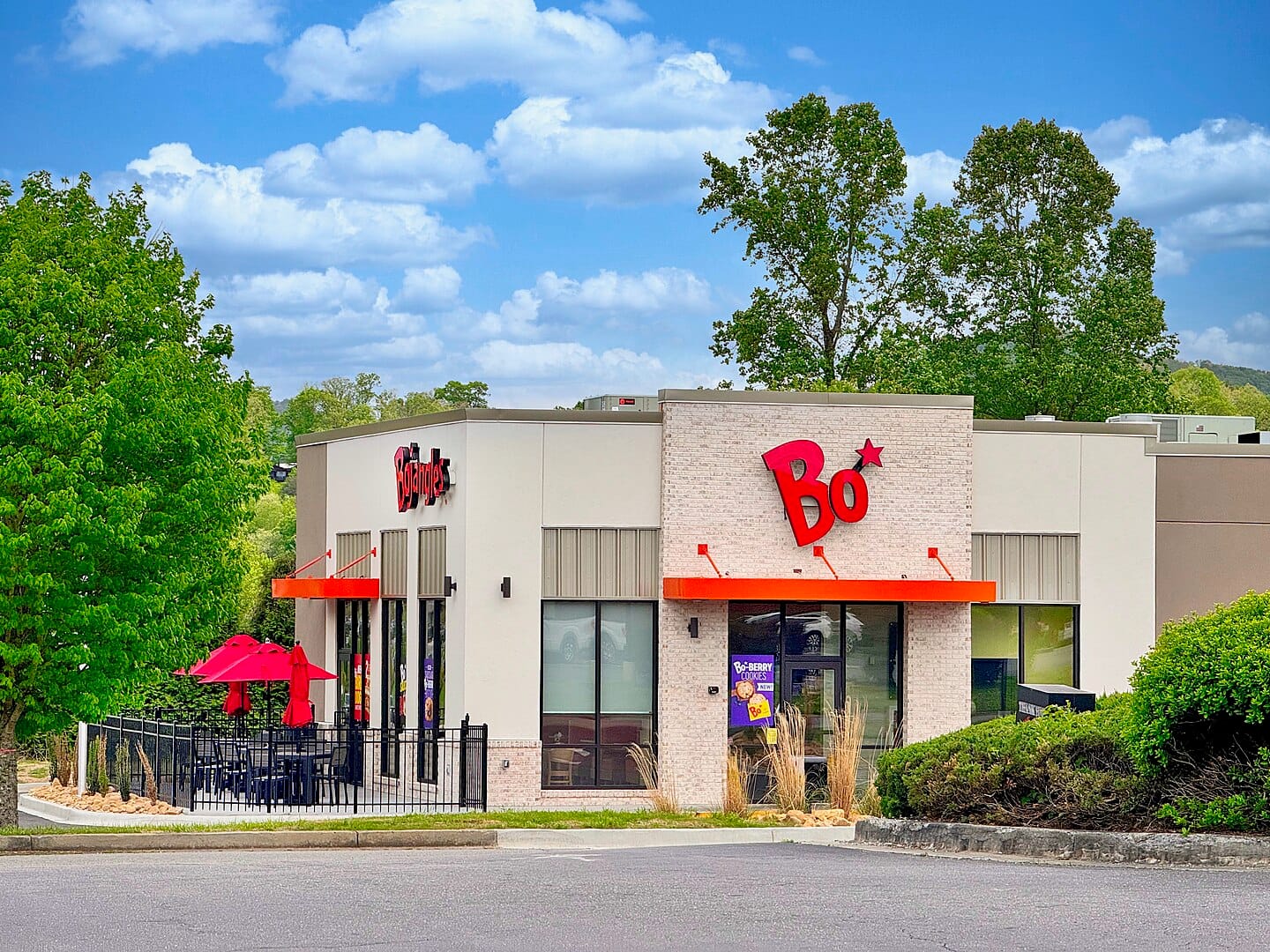Yesterday I ordered my lunch from an AI operating a drive-thru. It was fine. Banal. Boring even. A new experience that I think will become routine in the future.
The AI drive-thru operator isn’t cutting edge tech deployed in an upscale market to win over high value consumers. I live at the edge of a South Carolina city with a little more than 140,000 people. A booming metropolis with the best and the finest, it is not.
This post is for paid members only
Become a paid member for unlimited ad-free access to articles, bonus podcast content, and more.
Subscribe
Sign up for free access to this post
Free members get access to posts like this one along with an email round-up of our week's stories.
Subscribe
Already have an account? Sign in
